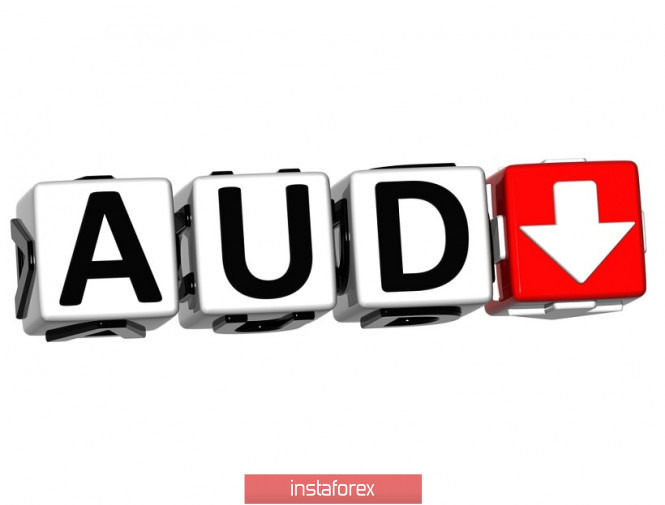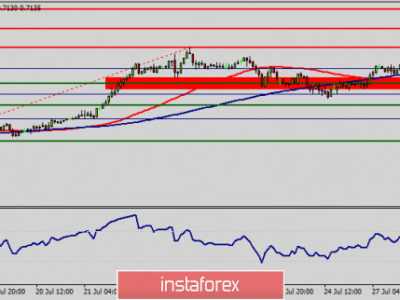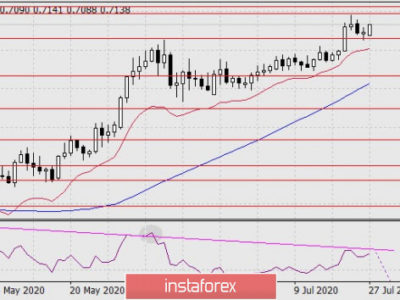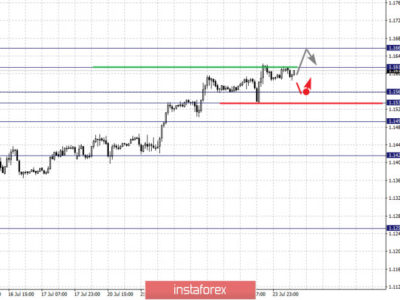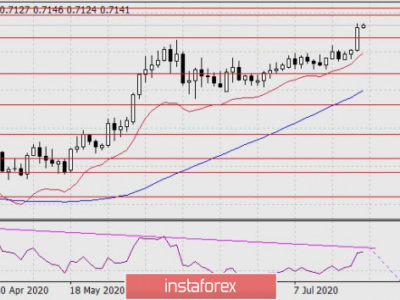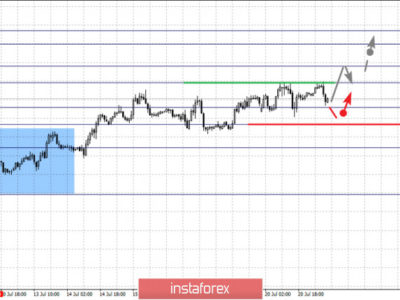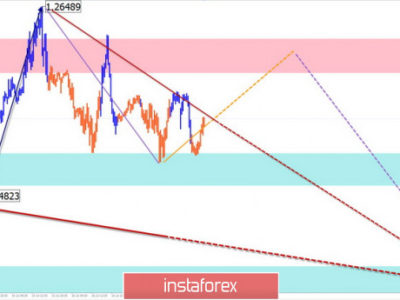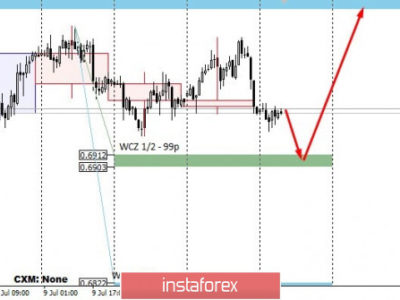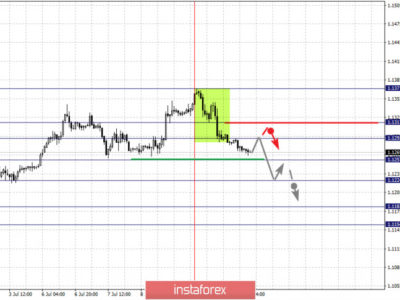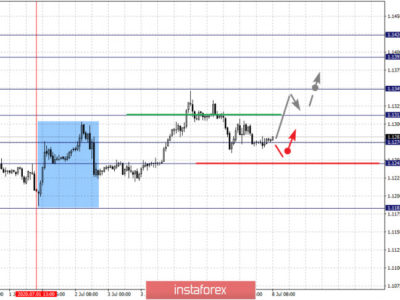AUD/USD. Aussie’s steep plunge: Reserve Bank of Australia knocks out the aussie
The Australian dollar collapsed throughout the market, responding to the outcome of today’s RBA meeting. Paired with the US currency, the aussie approached annual lows, testing the middle of the 66th figure. Judging by the fundamental and technical signals, the pair’s decline will be protracted – at least until the announcement of the results of US-Chinese trade negotiations (they will begin only on October 10-11). The aussie was under powerful pressure today, from which it will not be easy for it to escape.
By and large, traders of the AUD/USD pair did not expect any “hawkish” or optimistic hints from the RBA October meeting. Prior to the release of data on Australia’s GDP growth (which was published at the end of September), traders still had hope for patience on the part of the regulator. But the Australian economy, as they say, “let us down” – the country’s GDP has been declining for four quarters since the beginning of 2018. The published data for the second quarter of this year confirmed the worst fears: the key indicator continued its downward trend, collapsing to a record low of 1.4%. Before that, quite contradictory data on the Australian labor market were published – the overall increase in the number of employed was due only to part-time employment. While the indicator of full employment completely plummeted into the negative area, resuming the negative trend. Such dynamics not only speaks of negative signals from the labor market, but also portends a slowdown in inflation, as regular posts imply a higher level of wages and a higher level of social security. Weak wage growth with a relatively low unemployment rate is one of the problems of the RBA, the root of which (in particular) is to increase part-time employment.
It is worth noting that traders reacted quite calmly to the fact of lowering the rate. Although some analysts previously voiced the option that the head of the RBA would not rush things, lowering the rate following negotiations between the US and China. But for the most part, traders were ready to soften monetary policy. However, subsequent comments by Philip Lowe knocked out the Australian currency to the area of annual lows.
The head of the Australian central bank said that, firstly, rates will remain at low levels “for a very long time,” and secondly, today’s decline is probably not the last. Although he did not announce any clear timeframe, the market is confident that the RBA will reduce the rate to 0.5% either at the December meeting or at the beginning of next year. The text of the accompanying statement was also extremely dovish-like. First of all, the regulator voiced concern about a certain imbalance in the Australian labor market (this refers to the above factor in reducing the number of vacancies on a full-time basis). The latest data on the country’s GDP growth did not go unnoticed, especially amid a weak manufacturing PMI index for September and a decrease in the number of issued building permits.
Thus, at the moment there is no doubt that the regulator will again resort to lower interest rates in the foreseeable future. The only question is when this will happen and whether further steps will follow in this direction. It can be assumed that the position of the RBA members will be affected to some extent by the results of the aforementioned US-Chinese negotiations. But the trigger in this context will be Australia’s key macroeconomic data – primarily in the labor market and inflation. Particular attention should be paid to preliminary estimates of the country’s GDP growth for the third quarter. All these macro indicators will determine the future fate of the interest rate.
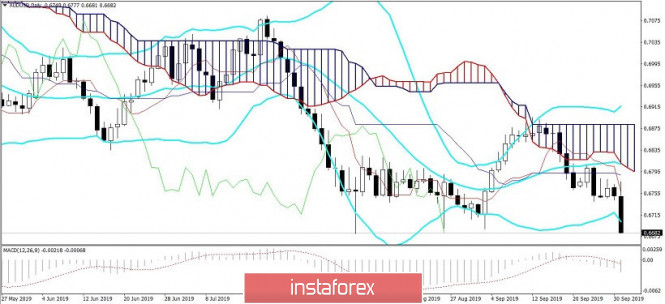
From a technical point of view, the pair is under significant pressure, and on all the “higher” time frames. On the charts H4, D1, W1 and MN, the pair is between the middle and lower lines of the Bollinger Bands indicator, which also indicates the priority of the downward movement. The pair shows a pronounced bearish trend, which is confirmed by the main trend indicators – Bollinger Bands and Ichimoku, which formed the strongest bearish “Parade of Lines” signal on all the above timeframes – all indicator lines are above the price chart, thereby demonstrating pressure on the pair. An additional confirmation of the bearish scenario is the oversold MACD and Stochastic oscillators. To determine the main goal of the downward movement, let’s move on to the monthly timeframe: here we focus on the lower line of Bollinger Bands – this is the price of 0.6570. If Friday Nonfarm come out in the “green zone”, then the bears will be able to reach this level already this week, thereby updating the annual low.
The material has been provided by InstaForex Company – www.instaforex.com
Source:: AUD/USD. Aussie’s steep plunge: Reserve Bank of Australia knocks out the aussie

